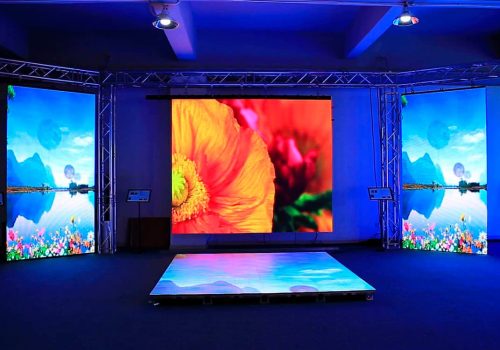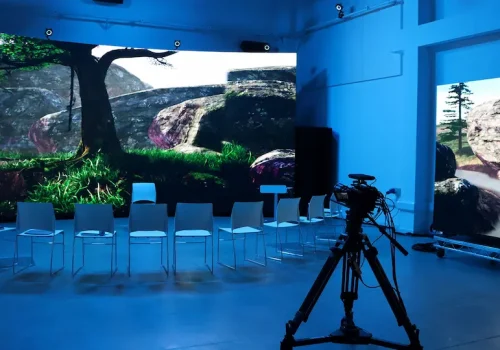n the ever-evolving landscape of education, one thing remains constant: the quest to engage and inspire students. With the rise of technology, we find ourselves at the brink of a revolution in education, and at the heart of this transformation lies the humble interactive display.
The Challenges in Modern Education
Let’s start by acknowledging the challenges that educators face today. The traditional model of teaching, where a teacher stands at the front of a classroom, delivering lectures to rows of passive students, is increasingly falling short. The world is changing rapidly, and education needs to keep pace.
1. Engagement and Attention: It’s no secret that students’ attention spans are getting shorter. In a world filled with distractions, keeping students engaged in the classroom is a daunting task.
2. Diverse Learning Styles: Every student is unique, and they have different learning styles. Some are visual learners, while others thrive on hands-on experiences. How can one teaching method cater to all?
3. Accessibility and Inclusivity: Education should be accessible to all, regardless of physical or learning disabilities. How can we create a learning environment that accommodates everyone?
4. Dynamic Content: The information age demands dynamic and up-to-date content. Traditional textbooks struggle to keep pace with the rapidly evolving knowledge landscape.
Interactive Displays: A Solution for the Future
Now, let’s talk about the solution: interactive displays. These are not just screens; they are gateways to a new era of learning.
Engagement and Attention: Interactive displays turn the passive classroom into an engaging and dynamic space. With touchscreen capabilities and interactive software, students become active participants in their learning journey. Concepts that once seemed abstract now come to life at their fingertips.
Diverse Learning Styles: These displays offer flexibility like never before. Visual learners can benefit from rich multimedia content, while kinesthetic learners can interact directly with the display. It’s about catering to individual learning styles.
Accessibility and Inclusivity: Interactive displays break down physical and learning barriers. Features like text-to-speech support and adjustable font sizes make learning accessible to all. Inclusivity is not just a buzzword; it’s a reality.
Dynamic Content: In the age of information, static textbooks are no match for the ever-evolving world. Interactive displays allow educators to update content in real-time, ensuring students are always learning the latest information.
Unleashing Creativity: Beyond addressing challenges, interactive displays unleash creativity. Students can collaborate on projects, annotate lessons, and share their ideas seamlessly. It’s about nurturing the innovators of tomorrow.
The Future of Education
So, where does this leave us? In a world where education is no longer confined to the four walls of a classroom. It’s about learning anytime, anywhere. Interactive displays are not just tools; they’re enablers of a new era in education.
The future of education is interactive, engaging, and limitless. It’s about nurturing curious minds and preparing students for a world driven by innovation.
In conclusion, as we embrace interactive displays in education, we’re not just changing how we teach; we’re changing lives. It’s a journey filled with endless possibilities, and we’re just getting started.















